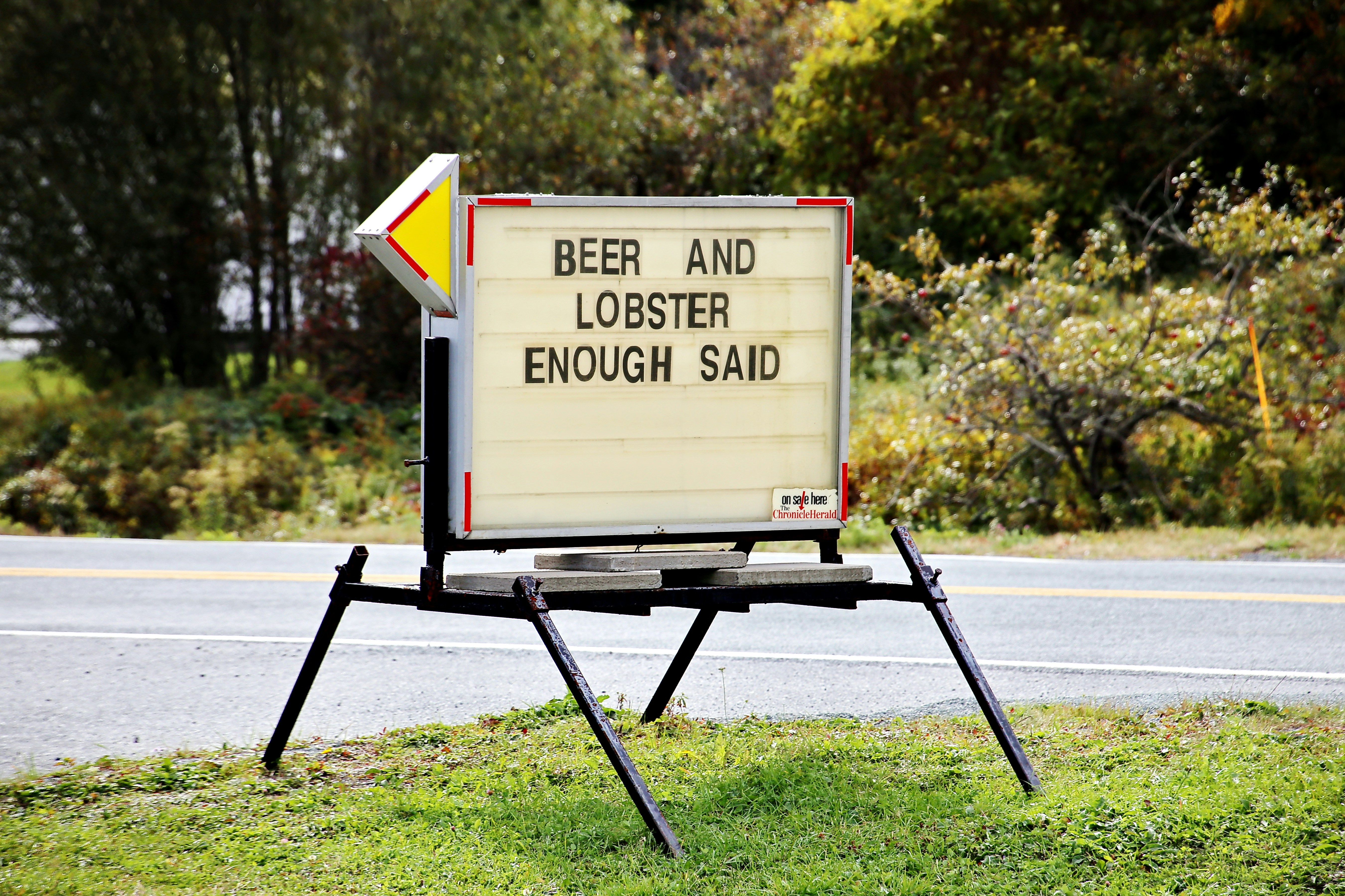Ever found yourself stuck on how to make your written pieces really pop? It turns out that the secret sauce might just lie in mastering the art of conceptual content creation within the editing phase. In my latest exploration, “Crafting Compelling Content: The Art Of Conceptual Content Creation In Copy Editing,” I take you through a journey of discovering how to transform your drafts from good to unforgettable. By weaving in creativity with the precision of editing, we’ll unlock the methods that can elevate your writing, ensuring it not only engages but resonates with your audience on a deeper level. Trust me, this is a game changer you won’t want to miss.

Understanding Conceptual Content Creation
Defining conceptual content creation
When I think about conceptual content creation, I visualize it as an art form. It’s about generating ideas and producing content that’s not just a collection of facts or a mundane presentation of information. It involves weaving a narrative or concept that engages and resonates with the audience. It’s about creating content with depth, that challenges its readers or viewers to think and feel, sparking curiosity and discussions.
Importance of conceptual content creation in copy editing
In my journey as a content creator and copy editor, I’ve discovered the profound impact of conceptual content creation. It enhances the quality of copy editing by injecting creativity and depth into content. This approach ensures that the content is not only grammatically correct but also rich in ideas and insights, making it more engaging and memorable for the audience.
Differences between conceptual content creation and traditional content creation
The main difference between conceptual content creation and traditional content creation lies in the approach and the outcome. Traditional content creation often focuses on delivering information or entertainment, usually in a straightforward manner. On the other hand, conceptual content creation aims to provoke thought, evoke emotions, and inspire action through innovative and symbolic narratives. It’s more about the underlying themes and ideas than just the surface-level content.
The Process of Conceptual Content Creation
Steps involved in conceptual content creation
The process of conceptual content creation is like embarking on an adventure. It starts with an idea or inspiration, followed by extensive research to deepen my understanding of the topic. Then, brainstorming sessions help to explore different angles and narratives. Afterward, I draft a content plan, outlining the main ideas and how they’ll be presented. Writing the first draft is where the magic begins, transforming ideas into words. Revisions and editing refine the content, ensuring it communicates the concept effectively.
Role of research in conceptual content creation
Research is the backbone of conceptual content creation. It lays the foundation for understanding the topic thoroughly, enabling me to explore different perspectives and ideas. Through research, I gather the necessary information and insights that help enrich the content, making it more informative and engaging.
Challenges in conceptual content creation
One of the main challenges I face in conceptual content creation is finding the balance between creativity and clarity. It’s essential to present innovative ideas without losing the audience due to complexity or ambiguity. Additionally, staying original in a world saturated with content can be daunting, as well as maintaining a consistent quality across various pieces of content.
Tips to overcome the challenges in conceptual content creation
To overcome these challenges, I focus on understanding my audience deeply, which helps in tailoring the content to their preferences and understanding level. I also make it a point to constantly seek inspiration from diverse sources, keeping the creativity flowing. Staying open to feedback and being willing to revise and adapt the content is crucial for growth and improvement in this field.

Crafting Compelling Conceptual Content
Defining compelling content
Compelling content is the type that grabs attention, engages the audience, and makes them want more. It’s content that’s emotionally resonant, thought-provoking, and, importantly, actionable. It has a clear purpose and meets the audience’s needs or interests in a meaningful way.
Strategies to create compelling conceptual content
Creating compelling conceptual content involves a blend of creativity, strategy, and insight. It starts with understanding the target audience and what resonates with them. Using storytelling techniques to present ideas and information in an engaging way is a powerful strategy. Moreover, incorporating visuals, metaphors, and examples can enhance the content’s appeal and comprehensibility. Consistency in quality and voice also plays a significant role in keeping the audience engaged over time.
Role of creativity and originality in crafting compelling content
Creativity and originality are the heart and soul of compelling content. They make the content stand out, offering fresh perspectives and unique insights. Creativity in presentation and expression can turn even the most mundane topics into interesting reads. Originality ensures the content is memorable and distinguishes it from the vast sea of information online.
Tools and Techniques for Conceptual Content Creation
Available tools for conceptual content creation
Several tools and software can aid in conceptual content creation. From mind mapping tools like MindNode to idea generation apps like Evernote, technology can support the creative process by organizing thoughts and streamlining collaboration. Content management systems (CMS) and design software also play critical roles in bringing conceptual content to life in various formats.
Techniques to optimize the use of these tools
To optimize the use of these tools, it’s essential to integrate them into the content creation workflow effectively. This might mean using mind mapping tools at the brainstorming stage or leveraging CMS for easy content updates and scheduling. Understanding each tool’s capabilities and applying them at the right stage of content creation can significantly enhance productivity and creativity.
Impact of these tools and techniques on content quality
The right tools and techniques can dramatically improve the quality of conceptual content. They enable better organization of ideas, more efficient content production, and more engaging presentations of information. By facilitating creativity and efficiency, these tools and techniques can help create deeper, more impactful content.

The Role of Copy Editing in Conceptual Content Creation
Exploring the correlation between copy editing and conceptual content
Copy editing is not just about correcting grammar and punctuation; it’s an integral part of shaping conceptual content. It involves refining the clarity, flow, and coherence of the content, ensuring that the concept is communicated effectively. Good copy editing enhances the strength of the concepts and the overall impact of the content.
Effect of copy editing on the quality of conceptual content
Copy editing can significantly elevate the quality of conceptual content. It ensures that the content is free from errors that could distract or confuse the audience. Moreover, it polishes the language and structure, making the content more accessible and engaging. Effective copy editing can turn good content into great content by enhancing its readability and effectiveness.
How copy editing enhances conceptual content
Copy editing enhances conceptual content by ensuring that the ideas and concepts are presented in the best possible light. It fine-tunes the voice and tone of the content, aligning it with the intended message and audience. Through meticulous editing, copy editors can help highlight the key themes and messages, making the content more compelling and impactful.
Incorporating SEO in Conceptual Content Creation and Copy Editing
Importance of SEO in conceptual content creation
SEO is crucial in conceptual content creation because it ensures that the content reaches its intended audience. By incorporating SEO principles, the content is more likely to rank higher in search engine results, increasing its visibility and accessibility. It’s a way to bridge the gap between great ideas and the people who would benefit from them.
How to integrate SEO in conceptual content and copy editing
Integrating SEO involves researching and using relevant keywords, optimizing meta descriptions and titles, and ensuring the content is structured for easy readability by both humans and search engines. In copy editing, it’s essential to maintain the natural flow of the content while subtly incorporating SEO practices. This ensures that the optimization efforts do not compromise the content’s quality or readability.
Impact of SEO on the visibility of conceptual content
The impact of SEO on the visibility of conceptual content can be substantial. It can lead to higher search engine rankings, increased website traffic, and greater engagement. By making the content more discoverable, SEO opens up opportunities for the ideas and concepts to be seen, appreciated, and shared by a wider audience.

Practical Examples of High-impact Conceptual Content
Case studies of successful conceptual content
Analyzing successful conceptual content examples can provide valuable insights. Take, for example, thought leadership articles that challenge industry norms or innovative infographics that distill complex data into engaging visuals. These examples stand out because they offer unique perspectives, provoke thought, and are impeccably presented.
Analyzing the elements of high-impact conceptual content in these examples
Upon closer examination, it becomes evident that high-impact conceptual content often shares common elements. These include a clear and engaging narrative, a strong underlying concept or idea, and a presentation that captivates the audience’s attention. The content is not just informative but also emotionally resonant, encouraging the audience to think, feel, and act differently.
Lessons to learn from these practical examples
The key lessons from these examples include the importance of originality and creativity, the impact of a well-crafted narrative, and the value of presenting information in innovative ways. These cases illustrate that breaking the mold and thinking outside the box can lead to content that not only stands out but also leaves a lasting impression on the audience.
Measuring the Success of Conceptual Content Creation
Importance of measuring the success of conceptual content creation
Measuring the success of conceptual content creation is critical for understanding its impact and refining future content strategies. It helps to determine whether the content achieved its intended goals, such as engaging the audience, sparking discussions, or driving action.
Metrics to measure the success of conceptual content creation
Common metrics for measuring success include engagement rates, such as likes, shares, and comments, website traffic and bounce rates, conversion rates, and qualitative feedback from the audience. Analyzing these metrics provides insights into the content’s performance and areas for improvement.
Using feedback for continuous improvement in conceptual content creation
Feedback, both quantitative and qualitative, is a goldmine for continuous improvement. It offers a direct window into the audience’s perceptions and experiences, highlighting what resonated and what didn’t. By actively seeking and incorporating feedback, I can make informed adjustments to enhance the content’s relevance, impact, and effectiveness.
Future trends in Conceptual Content Creation and Copy Editing
Predicted trends in conceptual content creation and copy editing
The future of conceptual content creation and copy editing is likely to be shaped by technological advancements, such as AI-driven content generation and editing tools. There’s also a growing emphasis on personalization and interactivity in content, aiming to create more immersive and engaging experiences. Sustainability and social responsibility themes are expected to become increasingly prevalent in content narratives.
Impact of these trends on content creators and copy editors
These trends will require content creators and copy editors to adapt and evolve. There will be a need for continuous learning and upskilling, especially in digital tools and technologies. Creativity, empathy, and ethical considerations will become even more valuable in creating content that not only captures attention but also makes a positive impact.
Preparing for these future trends
To prepare for these trends, I’m focusing on honing my skills in storytelling, research, and digital technologies. Staying informed about industry developments and actively engaging with a community of content creators and copy editors can also provide valuable insights and support. Embracing change and being open to experimentation will be key to navigating the future landscape of content creation and copy editing.
Closing Thoughts on Conceptual Content Creation and Copy Editing
Summarizing the importance of conceptual content creation in copy editing
Conceptual content creation plays a pivotal role in enhancing the quality, engagement, and impact of content. By incorporating depth, creativity, and strategic thinking, it elevates content from mere information dissemination to a meaningful dialogue with the audience. Copy editing ensures that this dialogue is clear, coherent, and compelling, solidifying the connection between the idea and its presentation.
Becoming a successful conceptual content creator and copy editor
To be successful in this field, it’s essential to cultivate a keen sense of curiosity, a passion for storytelling, and a commitment to excellence in writing and editing. Continuous learning and adapting to new trends and technologies are also vital for staying relevant and effective.
Advancing your conceptual content creation and copy editing skills
Advancing in conceptual content creation and copy editing requires a combination of practice, feedback, and professional development. Engaging with a community of content professionals, attending workshops and courses, and staying abreast of industry best practices can provide valuable opportunities for growth and improvement. Most importantly, embracing creativity and fostering a deep understanding of the audience will always be at the heart of crafting compelling content.
In conclusion, conceptual content creation and copy editing represent a harmonious blend of art and science, creativity and precision. This dynamic interplay is crucial for crafting content that not only informs and entertains but also inspires and transforms. As I continue on this journey, I’m excited by the endless possibilities to create content that truly makes a difference, armed with the right skills, tools, and insights to navigate the evolving landscape of digital content creation.



